Documentation Hub
Comprehensive technical manuals and guides to help you master HARSLE machines and optimize your metalworking efficiency
Why Choose Panel Bender in Medical Equipment Manufacturing
Panel Bender in Medical Equipment Manufacturing plays a vital role in achieving the precision, efficiency, and consistency that the healthcare industry demands. From producing stainless steel housings for diagnostic devices to crafting hygienic components for hospital furniture, panel benders ensure accuracy and repeatability in every bend. By automating complex processes, they reduce human error, minimize material waste, and streamline production. This combination of quality and efficiency makes panel benders an indispensable solution for manufacturers looking to meet strict medical standards while controlling costs and boosting productivity.
The Role of Panel Bender in Medical Equipment Manufacturing
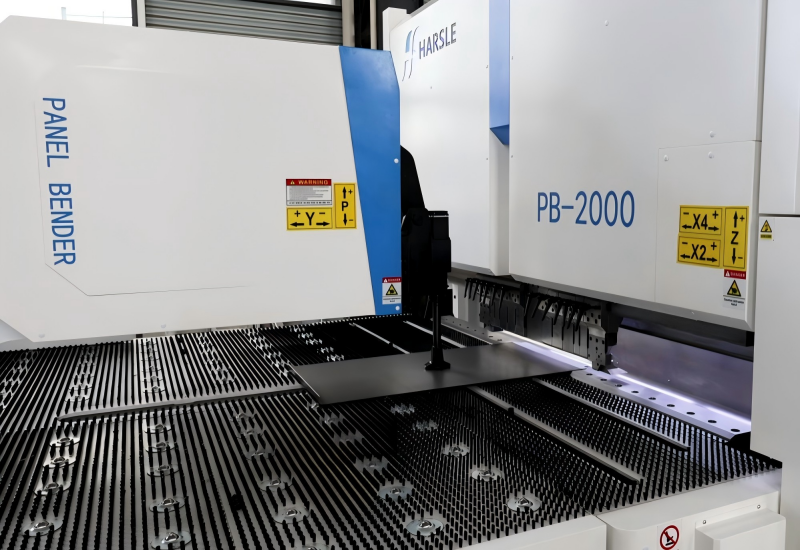
Panel benders are designed for complex, repeatable bends in sheet metal, making them ideal for components used in medical devices. Their automated process reduces operator errors and ensures consistent results across large production runs. From stainless steel casings for diagnostic machines to delicate parts for hospital furniture, a panel bender helps achieve both precision and reliability.
Advantages of Panel Bender in Medical Equipment Manufacturing
Precision and Accuracy in Complex Bends
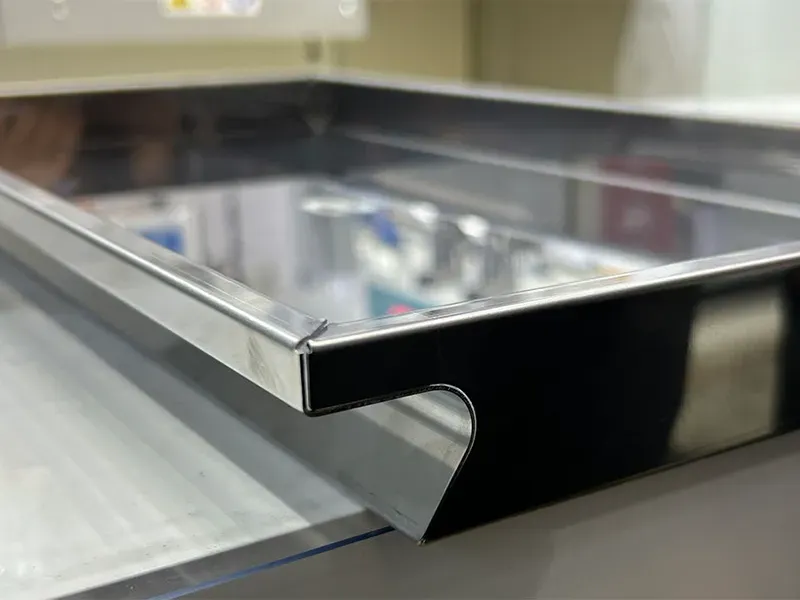
One of the main reasons to choose a panel bender in medical equipment manufacturing is its ability to deliver micron-level accuracy. Whether producing stainless steel surgical trays or aluminum housing for diagnostic equipment, a panel bender ensures every bend matches the required angle without deviations. This consistency guarantees that components fit together perfectly in assemblies.
Consistency for High-Volume Production
Medical equipment often requires large batch runs of identical components. With automated bending sequences, a panel bender ensures uniformity across thousands of parts. The repeatability reduces rework and ensures every piece maintains the same quality standards—critical for equipment used in hospitals and laboratories.
Clean and Scratch-Free Processing
Since panel benders work with tools that minimize direct contact with the sheet surface, they reduce scratches and contamination. In medical equipment production, where surfaces must be sterile and easy to clean, this advantage ensures compliance with hygiene requirements.
Practical Applications in Medical Equipment
Housings for Diagnostic Machines
Panel benders are widely used to produce precise sheet metal housings for CT scanners, X-ray machines, and ultrasound systems. These housings require tight tolerances for assembly and smooth finishes for cleaning.
Surgical Trays and Cabinets
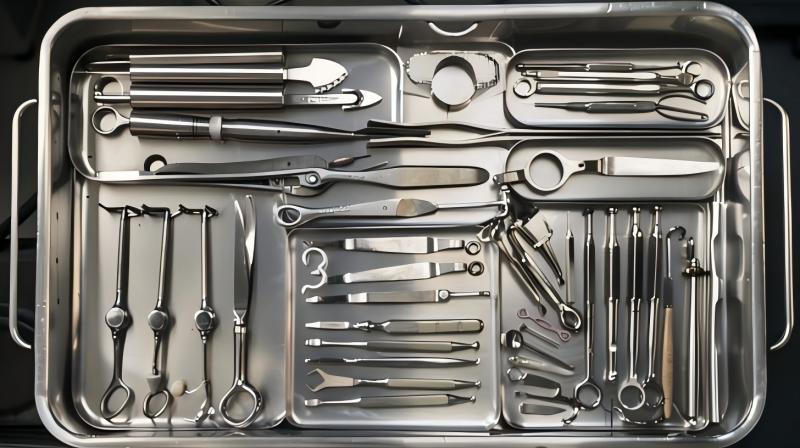
Stainless steel surgical trays and medical storage cabinets must be hygienic and robust. Panel benders allow clean folds with sharp angles, ensuring trays hold their shape even under frequent sterilization cycles.
Bed Frames and Mobility Equipment
Hospital beds, wheelchairs, and mobility aids require durable sheet metal components. With panel benders, manufacturers can achieve the strength and consistency needed for safe, long-lasting performance.
How to Operate a Panel Bender for Medical Equipment
Step 1: Preparing the Work Area
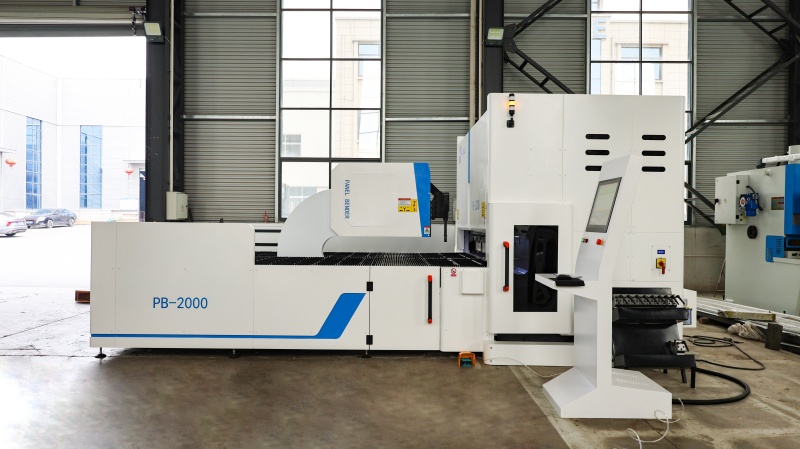
Before starting, confirm the sheet metal is free of dust, oil, or debris. In medical equipment production, cleanliness reduces risks of contamination later in the process.
Step 2: Programming the Bending Sequence
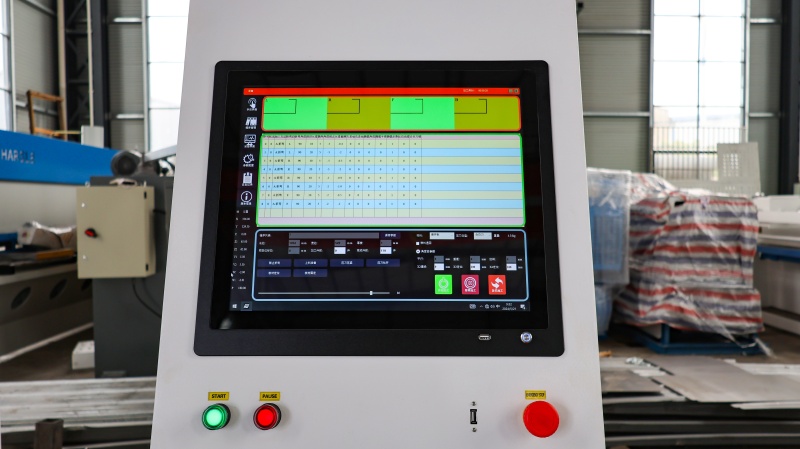
Use the machine’s CNC control to program the bending path. Long-tail keywords like “how to program a panel bender for stainless steel” help you find specific guidance when working with materials common in the medical industry.
Step 3: Adjusting for Material Thickness
Different equipment requires different gauges of sheet metal. Adjust the panel bender’s tooling and settings to match the thickness so that the final bend is precise and repeatable.
Step 4: Monitoring Bending Accuracy
During production, use digital gauges to verify angle accuracy. This ensures components meet strict standards required for medical device certification.
Common Maintenance Tips for Panel Bender in Medical Equipment
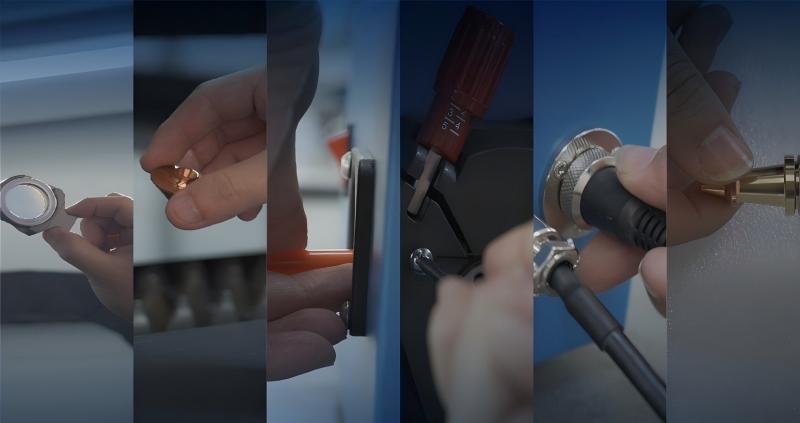
Routine Inspections
Inspect moving parts such as clamps, blades, and bending arms regularly. Any wear can lead to inaccuracies that compromise medical equipment quality.
Lubrication and Cleaning
Panel benders require scheduled lubrication to keep moving parts smooth. Also, keep the machine free of dust and debris to prevent contamination during bending operations.
Preventive Maintenance for High Reliability
Perform preventive checks every 500 operating hours. Early detection of issues reduces downtime and ensures continuous production for urgent medical supply demands.
FAQs
Why is a panel bender better than a press brake for medical equipment?
A panel bender offers higher repeatability, scratch-free processing, and automation that reduces operator error, all of which are vital for medical device manufacturing.
Can a panel bender handle stainless steel for surgical trays?
Yes, panel benders are ideal for stainless steel, providing clean bends that meet hygiene and durability standards.
How often should I maintain my panel bender?
Routine maintenance should be done every 500 hours of operation, including inspections, lubrication, and cleaning. Preventive servicing extends machine life and ensures consistent accuracy.
Does using a panel bender improve production efficiency?
Absolutely. Panel benders reduce cycle time, minimize rework, and ensure every part meets strict quality requirements, making them highly efficient for large-scale production.
Conclusion
Choosing a Panel Bender in Medical Equipment Manufacturing is about more than just precision—it’s about safety, efficiency, and reliability. With superior accuracy, clean processing, and consistent production, panel benders are essential tools for manufacturers who want to meet strict industry standards. By following best practices in setup, operation, and maintenance, you can ensure maximum productivity and minimal downtime.
If you’re looking to enhance your production line with advanced bending technology, feel free to contact our team for expert advice and tailored solutions.













